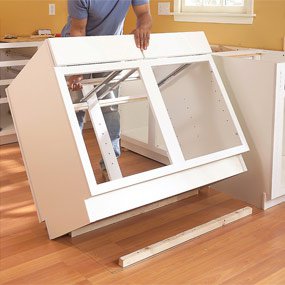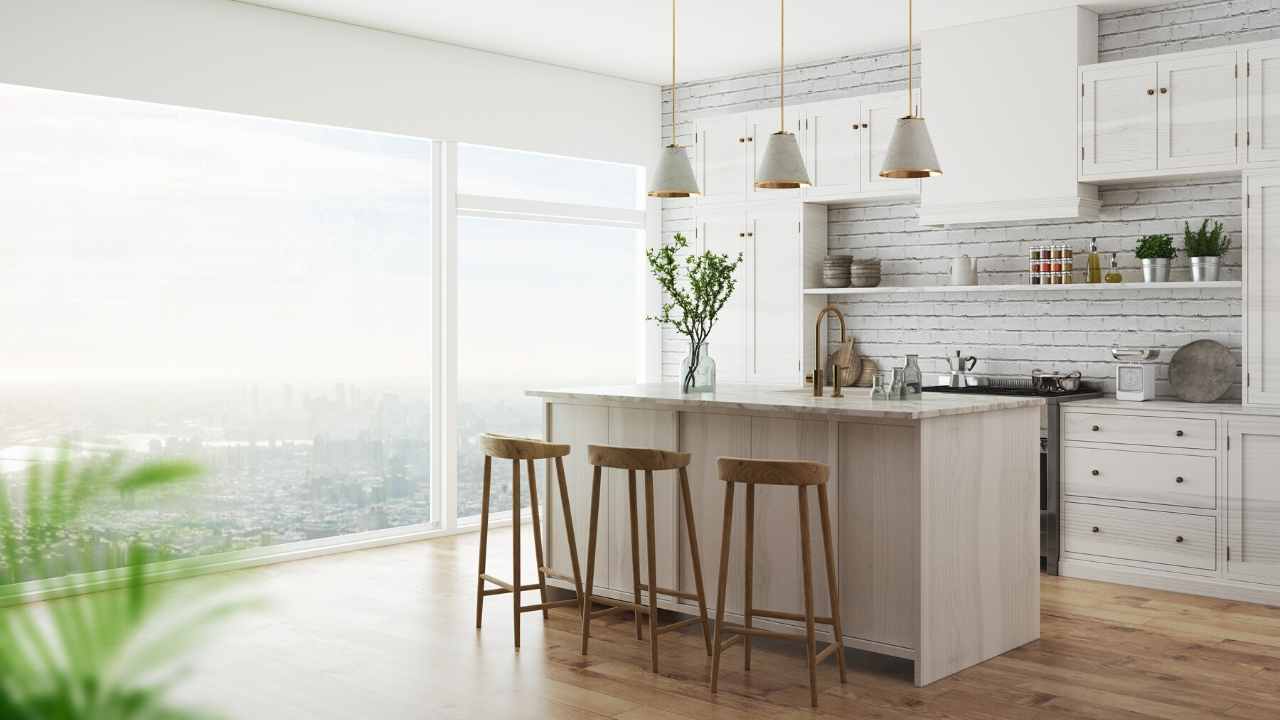
Converting a bathtub to a shower is one of most cost-effective ways to upgrade your home. A tub to a bathtub can not only improve the functionality of your bathroom but it also increases the safety of your home. It will save you space and minimize the risk of slipping. You have two choices: low threshold showers or barrier-free tubs. You can choose from a tub or a walk-in bath. This is an option that's safe for those who are older or disabled.
You should be aware that converting a tub into a shower is exciting. It's not worth having problems later on. Converting your tub to a shower in a walkin enclosure will save you time and simplify your life. These tips will help make the most out of your tub-to-shower conversion. Avoid these common mistakes and you will avoid a costly, difficult project.

If you're planning to do a tub to shower conversion, check the location of your current tub and shower. It is difficult and expensive to install a shower below a window. It is important to install a shower in your bathroom near the existing drains and water supply lines. This will help you avoid any future problems. Talk to a plumber about the best position for your new shower.
Converting a tub to a shower is possible. However, this may require additional costs. These are some important things to remember before you begin. Do not move any pipes or plumbing. This can increase the cost of the project and will make it more difficult for you to install the new shower. Once you have determined the location for your shower, you will be able to place it exactly where the existing tub was. Here are some tips for converting a bathtub into an indoor walk-in bath.
A tub-to-shower conversion should be both functional and comfortable. You can choose the shower or bathtub that suits your needs. A sliding door can be installed to replace a tub that does not have an enclosure. Budget is also important. If the only tub in the house is converted, it can affect the value of the entire house. It is crucial to plan your tub/bathroom conversion before any remodeling works are done.

Converting the bathtub into a shower is a better choice if you don't own another bathtub. But if there's only one bathtub in your house, you might want to leave it alone. The lighting in the room should also be considered. The right lighting will not only improve the look of your bathroom but it will also make bathing easier. The cost of your tub and shower conversion should include the cost to install your new faucet.
FAQ
Can I rent a dumpster?
Yes, you can rent a dumpster to help you dispose of debris after completing your home renovation. Renting out a dumpster is an excellent way to keep your yard tidy and free from debris.
Can I remodel my whole house by myself?
If you are able to do it yourself, why not pay someone else?
It doesn't really matter how much you love DIY. There will always be times when you just can't do it. You may not be able to control all the variables.
You might discover that the wiring in your home is not up to date. In this case, you'll need to hire an electrician to ensure that your electrical system works safely and reliably.
It is possible that your renovations might cause structural damage.
You might not have all the necessary tools to do the job correctly. If you want to install a new kitchen faucet, you will need a plumber's serpent, which is a tool that clears clogged pipes.
Plumbing codes also require that you have a licensed plumber work on your project.
It is important to understand your capabilities before embarking on such a large task.
If you aren't sure if you have the skills or knowledge to tackle the task, get help from your family and friends.
They can offer advice about what to do and where to go for more information.
What should I do before renovating a home?
You must first clear out the clutter outside and inside your home. Next, you will need to eliminate mold, repair or replace any damaged walls, repaint your entire interior, and fix any leaky pipes. Next, clean the exterior surfaces and paint.
Which room should I renovate first?
The heart of any house is the kitchen. It's where you spend most of your time eating, cooking, entertaining, and relaxing. If you're looking to make your kitchen more functional, attractive and beautiful, this is the place for you!
The bathroom is an important part of any house. The bathroom provides privacy and comfort while you do everyday chores like brushing your teeth, shaving and bathing. You can improve the function and appearance of these rooms by adding storage, installing a bathtub instead of a bath, and replacing outdated fixtures with moderner ones.
How much does it take to renovate a home?
Renovations usually cost between $5,000 and $50,000. Renovations typically cost homeowners between $10,000 and $20,000
Statistics
- On jumbo loans of more than $636,150, you'll be able to borrow up to 80% of the home's completed value. (kiplinger.com)
- A final payment of, say, 5% to 10% will be due when the space is livable and usable (your contract probably will say "substantial completion"). (kiplinger.com)
- It is advisable, however, to have a contingency of 10–20 per cent to allow for the unexpected expenses that can arise when renovating older homes. (realhomes.com)
- Rather, allot 10% to 15% for a contingency fund to pay for unexpected construction issues. (kiplinger.com)
- Most lenders will lend you up to 75% or 80% of the appraised value of your home, but some will go higher. (kiplinger.com)
External Links
How To
How can I plan a complete house remodel?
Planning a whole-house remodel requires planning and research. Before you start your project, here are some things to keep in mind. The first thing you need to decide is what kind of home improvement you want to make. There are several categories you can choose from, such as bathroom, kitchen, bedroom, living area, and so on. Once you've chosen the category you want, you need to decide how much money to put towards your project. If you do not have any previous experience in working with homes, it is best that you budget at least $5,000 per bedroom. If you have some previous experience, you may be capable of getting away with a lower amount.
Once you have figured out how much money you can afford to spend, you'll have to determine how big of a job you want to tackle. If you have only enough money to remodel a small kitchen, you may not be able add new flooring, countertops, or paint the walls. If you have the money to do a complete kitchen remodel, you will be able to handle almost anything.
The next step is to find a contractor who specializes in the type of project you want to take on. This way, you'll be guaranteed quality results and you'll save yourself a lot of headaches later on down the road. After you have selected a professional contractor, you can start to gather materials and supplies. You may need to purchase everything from scratch depending on the size and scope of your project. However, you won't have to worry about finding the exact item you are looking for in the many pre-made shops.
Once you've collected all the materials you will need, you can begin to plan. You will first need to sketch out an outline of the areas you plan to place appliances and furniture. Next, design the layout of your rooms. Be sure to leave enough room for electric outlets and plumbing. Make sure to position the most visited areas close to the front door. Visitors can also easily access them. Final touches to your design include choosing the right colors and finishes. Keep your designs simple and in neutral tones to save money.
Now it's time to build! Before you begin any construction, make sure to verify your local codes. Some cities require permits while others allow homeowners to build without one. To begin construction you will first need to take down all walls and floors. Next, you'll lay down plywood sheets to protect your new flooring surfaces. Next, you will nail or screw together pieces wood to create the frame for your cabinets. You will attach doors or windows to the frame.
There are some final touches that you will need to make after you are done. You'll likely want to cover any exposed wires and pipes. To do this, you'll use plastic sheeting and tape. It's also a good idea to hang mirrors and photos. Be sure to tidy up your work space at all costs.
You'll have a functional home that looks amazing and is cost-effective if you follow these steps. Now that you know how to plan a whole house remodeling project, you can go ahead and get started!